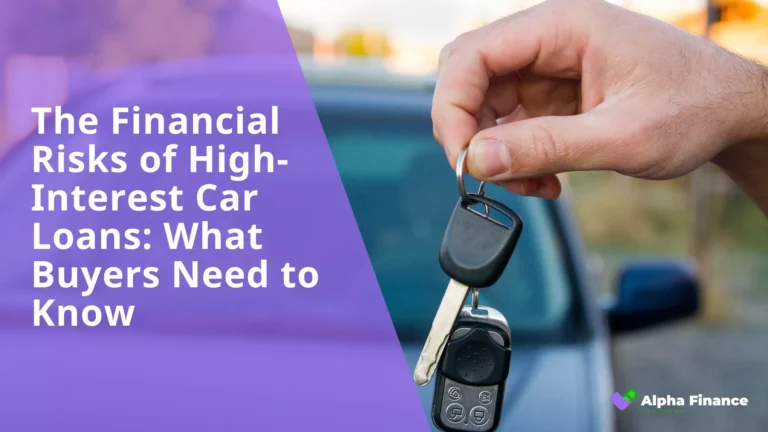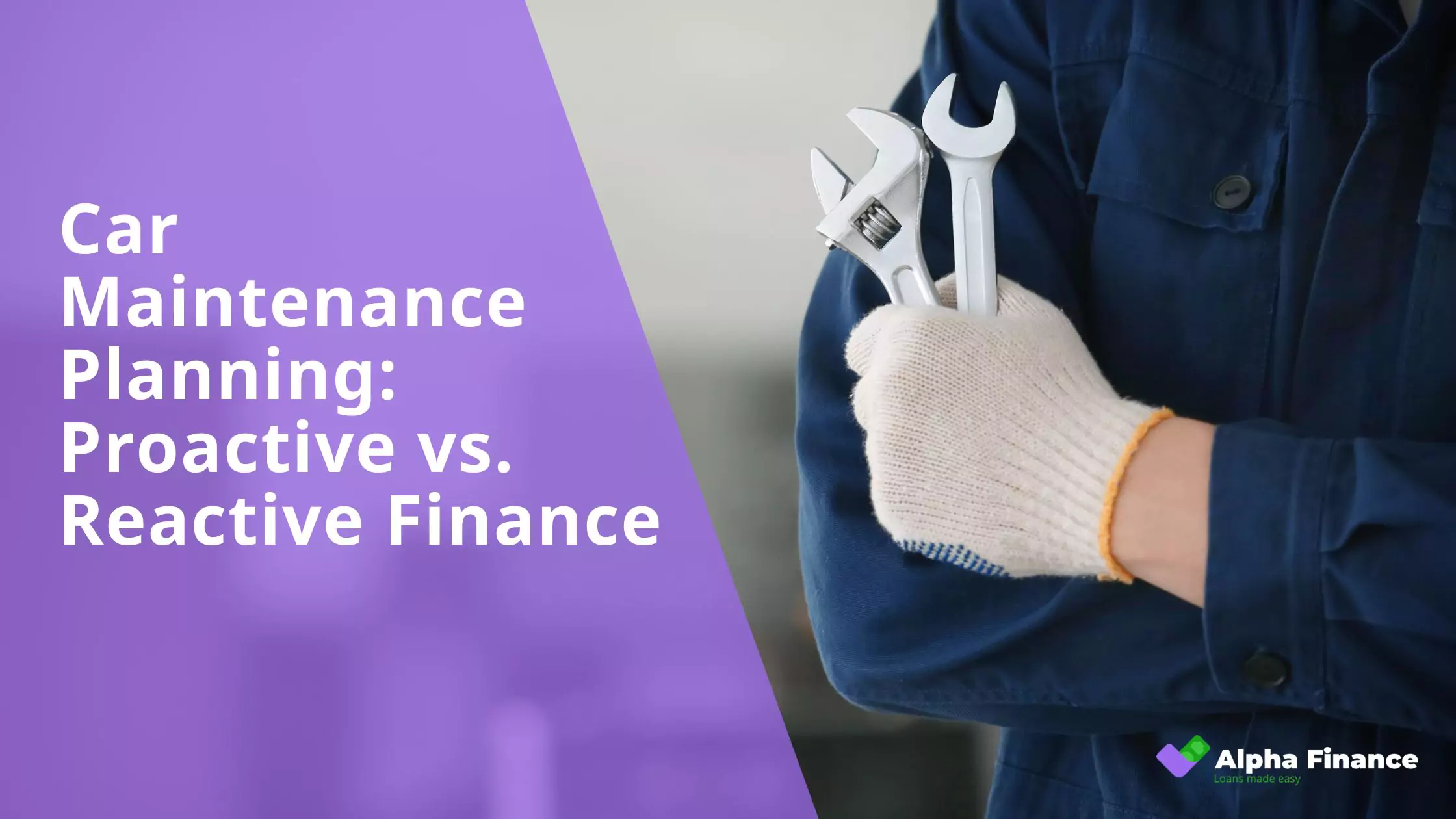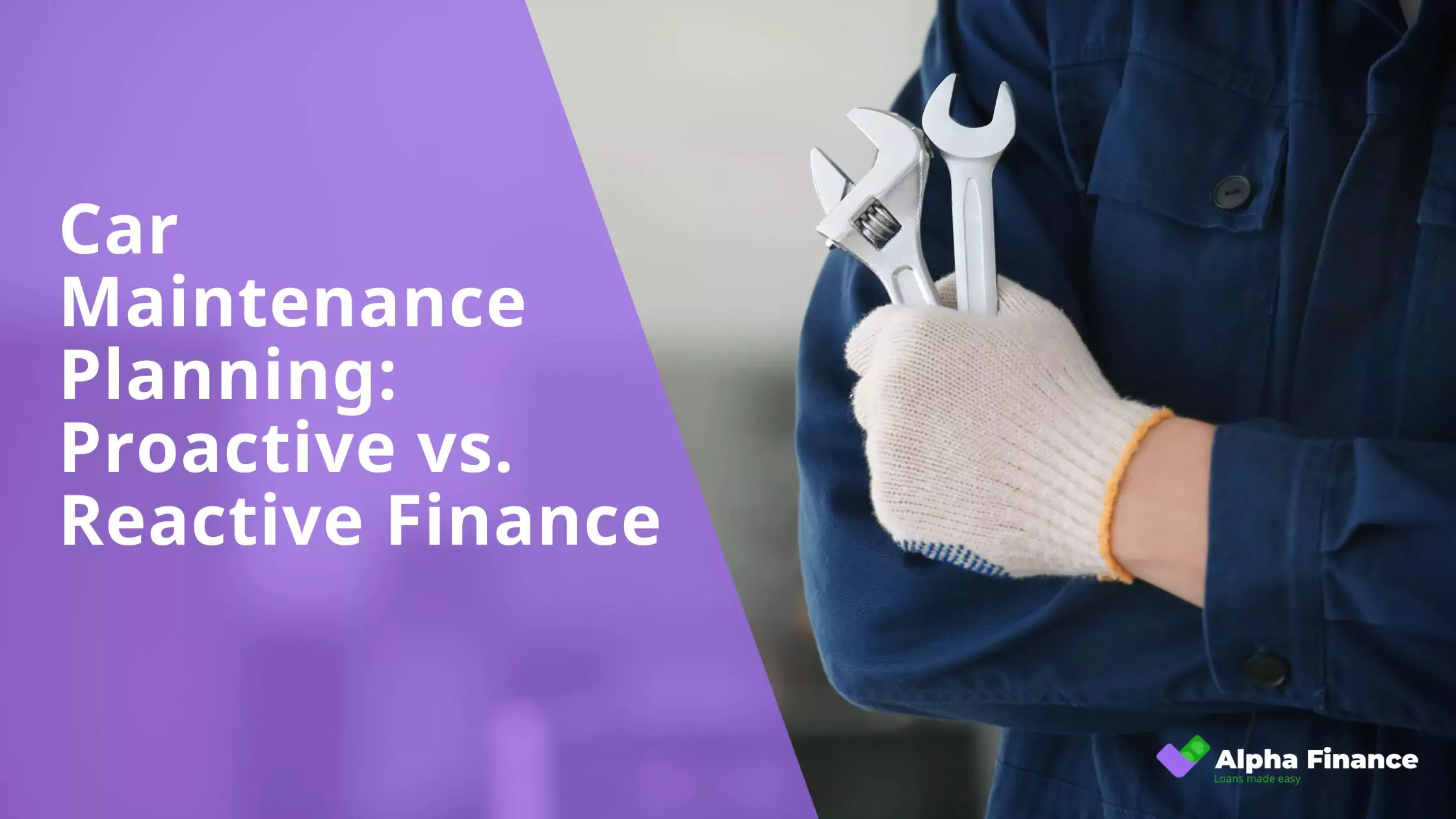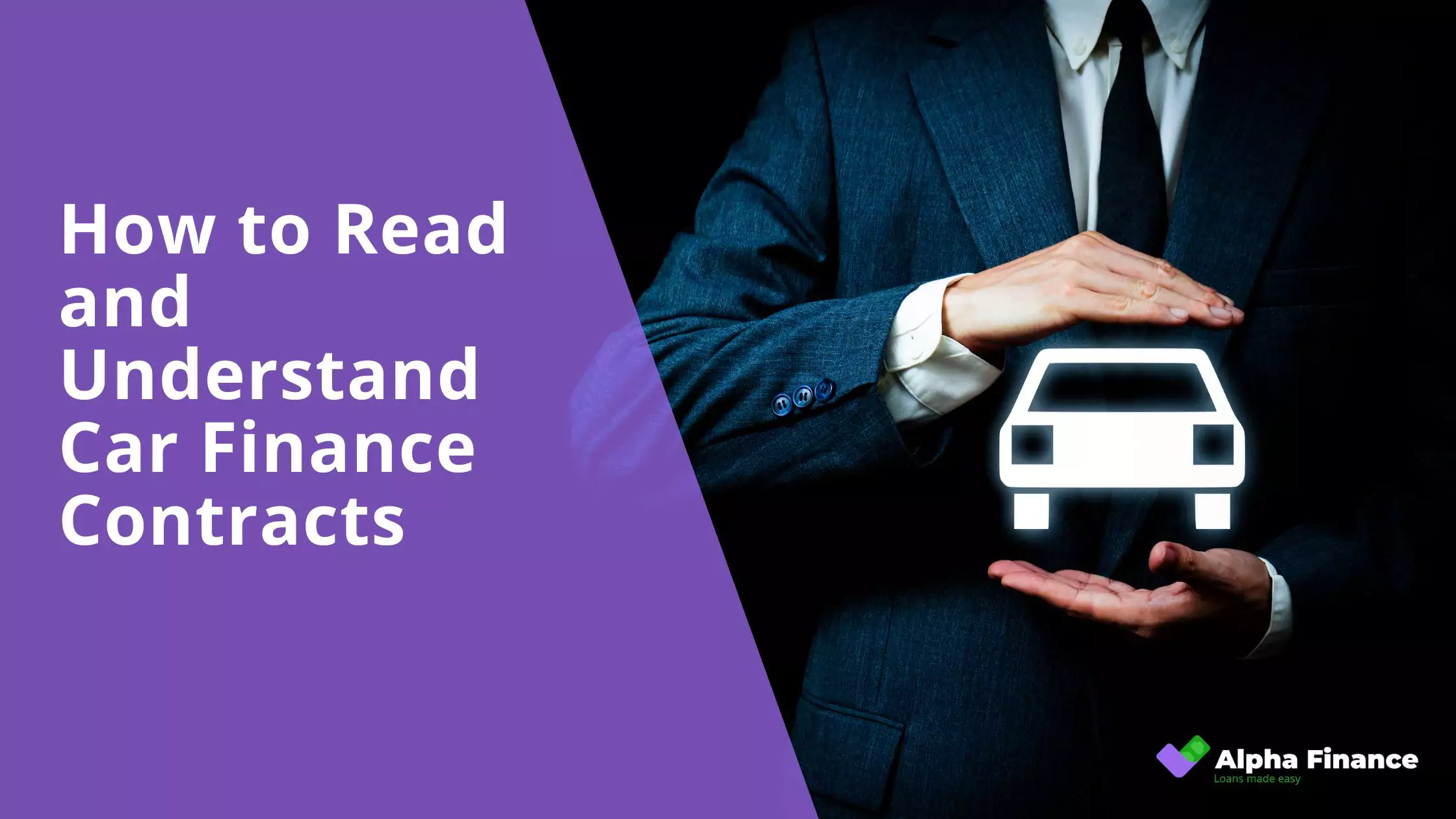That new car smell is intoxicating, and securing finance seems incredibly easy. Dealerships and lenders often make it simple to sign on the dotted line. But behind the excitement, a high-interest car loan can quietly drive you into a financial ditch, turning your dream vehicle into a potential nightmare. For many Australian consumers, the accessibility of quick finance for a new set of wheels can inadvertently lead to a significant financial trap.
While car finance in Australia offers a fantastic pathway to vehicle ownership for many, high interest rates can dramatically inflate the overall cost of your car, far beyond its sticker price. This can lead to serious and prolonged financial strain, impacting your ability to save, manage other debts, and even achieve broader financial goals. In this blog post, we’ll delve into the core financial risks associated with high-interest car loans, explore how to identify these costly pitfalls, and, most importantly, provide practical strategies to help you avoid or effectively manage them, ensuring your car ownership journey remains on track and financially sound.
What Constitutes a “High-Interest” Car Loan?
Understanding what qualifies as a “high-interest” car loan isn’t always straightforward, as the term itself can be relative. What one person perceives as high might be standard for another, largely depending on their individual financial circumstances and credit history.
-
Beyond the Number:
- Relativity: A “high” interest rate for a car loan isn’t a fixed percentage. It’s relative to prevailing market rates and, crucially, to your individual creditworthiness. Someone with an excellent credit score might consider anything above 6-7% high, while someone with a poor credit history might find 12-15% to be their only available option.
- General Range in Australia: Typically, for Australian buyers with good to excellent credit, secured car loan rates can range from around 5% to 9% p.a. However, for borrowers with less-than-perfect credit, or for unsecured loans, rates can easily climb to 10%, 15%, 20%, or even higher. It’s these double-digit rates, particularly when compared to what’s available for prime borrowers, that generally signal a “high-interest” loan.
-
Factors Influencing Interest Rates: Several key factors play a significant role in determining the interest rate you’ll be offered:
- Credit Score/History: This is the most crucial determinant. A strong credit score (reflecting a history of responsible borrowing and repayment) signals lower risk to lenders, leading to lower interest rates. Conversely, a poor credit history or past defaults will almost certainly result in higher rates.
- Loan Term: While not always the case, longer loan terms (e.g., 7 years instead of 3) can sometimes attract slightly higher interest rates. Even if the rate is similar, a longer term always means you pay significantly more interest overall.
- Loan Type: Secured car loans (where the car acts as collateral) generally have lower interest rates than unsecured personal loans, as the lender has a physical asset to recover if you default.
- Lender Type: Interest rates can vary wildly between different types of lenders. Banks and credit unions often offer competitive rates for prime borrowers, while dealership finance and some non-bank lenders catering to higher-risk profiles may have substantially higher rates.
- Vehicle Age: Financing an older or second-hand vehicle often attracts higher interest rates compared to a new car, as older vehicles are perceived as a higher risk (e.g., higher breakdown probability, lower resale value).
The Major Financial Risks of High-Interest Car Loans
Opting for a high-interest car loan can introduce a cascade of serious financial risks that can impact your budget, credit, and overall financial well-being for years.
-
Significantly Higher Overall Cost:
- The “Interest Trap”: This is the most direct and impactful risk. A seemingly small difference in the interest rate can translate into thousands of dollars extra paid over the life of the loan. For instance, a $30,000 car loan over 5 years at 7% might cost you around $5,600 in interest, but at 15%, that jumps to over $12,700 in interest – an additional $7,100 simply for the cost of borrowing money.
- More Than Just the Principal: When you have a high-interest loan, a disproportionately large portion of your early repayments goes directly towards servicing the interest, rather than reducing the principal balance of the loan. You’re effectively paying a steep price just to access the funds, which dramatically escalates the true cost of owning the vehicle.
-
Negative Equity (The “Upside-Down” Loan):
- Definition: Negative equity occurs when the outstanding balance of your car loan is greater than the car’s current market value. You owe more on the car than it’s actually worth.
- How High Interest Contributes: High interest rates significantly exacerbate negative equity. Because more of your early repayments are consumed by interest, the principal amount of your loan reduces at a much slower pace. Meanwhile, your car is rapidly depreciating from the moment you drive it off the lot. This combination quickly puts you in a position where your debt outstrips the vehicle’s value.
- Consequences of Negative Equity: If your car is unfortunately written off in an accident or stolen while you are in negative equity, your comprehensive insurance payout (which covers the market value of the car) will not be enough to cover your outstanding loan balance. This leaves you to pay the “gap” out of pocket, potentially thousands of dollars, for a car you no longer possess.
-
Increased Repayment Burden:
- Strained Budget: Higher interest rates directly translate to higher monthly or fortnightly loan repayments. This increased financial burden can severely strain your household budget.
- Reduced Disposable Income: A larger chunk of your income is tied up in loan repayments, leaving less disposable income for essential living expenses, leisure, or, critically, for saving towards other important financial goals like a home deposit, investments, or retirement.
- Domino Effect: A strained budget can have a domino effect, potentially leading to difficulties in meeting other financial obligations, such as rent, utility bills, or even other loan repayments.
-
Risk of Default and Repossession:
- Definition of Default: Defaulting on a car loan means failing to make your scheduled repayments as per the loan agreement.
- Immediate Consequences: Missing even a single payment can trigger late fees and begin to negatively impact your credit score.
- Ultimate Consequence: If you continue to miss repayments, the lender has the legal right to repossess your car. This means the vehicle is taken back by the lender to recover their losses.
- Post-Repossession Issues: Even after repossession, you may still owe money if the car is sold at auction for less than your outstanding loan balance (after deducting repossession and sale costs). Crucially, a repossession remains on your credit file for many years, severely damaging your creditworthiness.
-
Damage to Credit Score:
- Even On-Time Payments: While making payments on time is good, simply having a high-interest car loan (which can be an indicator of a lower credit score to begin with) can sometimes limit your future borrowing capacity for other significant loans, like a home mortgage.
- Missed Payments Devastate Credit: Missing even one payment, and certainly defaulting, will cause significant and long-lasting damage to your credit score. This can make it incredibly difficult to obtain credit for years to come, impacting your ability to secure a mortgage, get other personal loans, or even establish new phone contracts or utility accounts.
-
Limited Flexibility:
- Refinancing Challenges: Being locked into a high-interest loan can severely limit your financial flexibility. It can be particularly challenging to refinance to a lower interest rate, even if your credit score improves, especially if you are in a position of negative equity. Lenders are often reluctant to refinance loans where the loan amount exceeds the asset’s value.
- Long-Term Commitment: High repayments can tie you into a long-term financial commitment that is difficult to escape, preventing you from adapting to changes in your income or financial priorities.
How to Identify and Avoid High-Interest Car Loans
Navigating the car finance landscape requires diligence. Being proactive and informed are your best tools for identifying and avoiding high-interest car loans that could burden your finances.
-
Know Your Credit Score (and Improve It):
- Obtain Your Report: Start by obtaining a free copy of your credit report from one of Australia’s credit reporting bodies, such as Equifax, Experian, or Illion. This report details your credit history and often includes your credit score.
- Understand & Improve: Familiarise yourself with what factors influence your score (e.g., payment history, credit utilisation, types of credit). If your score is low, take steps to improve it before applying for a loan, as a better score directly translates to better interest rates.
-
Shop Around for Finance FIRST:
- Get Pre-Approval: Before even stepping onto a dealership lot, seek pre-approval for a car loan from multiple sources. Approach traditional banks, credit unions, and reputable online lenders. A pre-approval gives you a clear understanding of the interest rate you qualify for and empowers you to negotiate with the dealership as if you were a cash buyer.
- Don’t Rely Solely on Dealership Finance: Dealerships offer convenience, but their finance options may not always be the most competitive. They often have partnerships with specific lenders and may receive commissions for directing customers to them, which could influence their recommendations.
-
Compare APR (Annual Percentage Rate):
- True Cost: Don’t just look at the advertised interest rate. Always compare the Annual Percentage Rate (APR). The APR is the true annual cost of the loan, as it includes the interest rate plus any mandatory fees and charges associated with the loan. This provides a more accurate apples-to-apples comparison between different loan products.
-
Understand the Total Cost:
- Beyond Monthly Repayments: While monthly repayments are important for budgeting, they don’t tell the whole story. Always ask for (and calculate yourself) the total amount repayable over the entire life of the loan. This reveals the true financial commitment.
- Factor in All Fees: Ensure you understand and factor in all fees and charges, including establishment fees, ongoing administration fees, and any exit fees.
-
Resist “Add-Ons” and Unnecessary Products:
- Dealer Pressure: Be wary of pressure from salespeople to add on extra products like extended warranties, loan protection insurance, or Gap Insurance at the time of purchase. While some of these products can have value, they are often marked up significantly at the dealership due to high commissions and can inflate your loan amount, leading to more interest paid.
- Independent Research: Always conduct independent research on these products and consider purchasing them separately if you decide they are truly beneficial for you.
-
Keep Loan Term Shorter (If Possible):
- Interest Paid: While longer loan terms offer lower monthly repayments, they result in paying significantly more interest over the overall life of the loan. Aim for the shortest loan term that you can comfortably afford within your budget.
-
Don’t Borrow More Than You Need (or Can Afford):
- Stick to Your Budget: It can be tempting to borrow the maximum amount you’re offered, but stick strictly to your pre-determined budget for the car. Over-borrowing increases your debt burden and interest costs.
-
Read the Fine Print:
- Thorough Review: Before signing any loan contract, carefully review every detail, including the Product Disclosure Statement (PDS) and all terms and conditions.
- Look for Red Flags: Specifically look for hidden fees, early repayment penalties, or any restrictive clauses that could disadvantage you in the future. If anything is unclear, ask for clarification or seek independent advice.
-
Seek Independent Financial Advice:
- Expert Guidance: If you’re feeling overwhelmed, unsure about your options, or have a complex financial situation, consult with a qualified financial advisor. They can provide tailored advice and help you navigate the best path for your circumstances.
- Financial Counsellors: If you are already struggling with debt, non-profit financial counselling services (like those accessed via the National Debt Helpline in Australia) offer free, confidential advice and can help you negotiate with lenders.
What to Do If You Already Have a High-Interest Car Loan
If you find yourself in a high-interest car loan, don’t despair. There are strategies you can employ to mitigate the financial impact and work towards a more manageable situation.
-
Review Your Loan Terms:
- Understand the Agreement: Get a copy of your loan contract and thoroughly review its terms. Specifically, look for any penalties for early repayment or extra payments. Some loans have break fees that might outweigh the benefit of paying it off early.
-
Increase Repayments (If Possible):
- Accelerate Principal Reduction: Even a small extra amount paid with each repayment can significantly reduce the principal balance faster. This directly translates to saving a substantial amount on interest over the remaining loan term. Check if your lender allows extra payments without penalty.
-
Explore Refinancing:
- Lower Interest Rates: If your credit score has improved since you took out the original loan, or if general interest rates in the market have dropped, you might qualify for a lower-interest car loan from another lender.
- Crunch the Numbers: Before refinancing, meticulously crunch all the numbers. Ensure that any new loan establishment fees, exit fees from your old loan, or other charges don’t outweigh the savings you’d gain from a lower interest rate.
-
Sell the Car:
- Last Resort: Selling the car can be a difficult decision, but it might be a necessary last resort if the loan repayments are truly unmanageable and causing severe financial distress.
- Negative Equity Implications: Be acutely aware of negative equity. If you sell the car for less than what you owe, you will still be responsible for paying the remaining balance to the lender.
-
Seek Financial Counselling:
- Free & Confidential Advice: If you are struggling to make repayments, feeling overwhelmed by your debt, or unsure of your options, reach out to non-profit financial counselling services available across Australia. Organisations accessible through the National Debt Helpline (1800 007 007) provide free, confidential, and independent advice. They can help you assess your situation, develop a budget, and even negotiate with lenders on your behalf.
Conclusion
The allure of a new car is powerful, but the financial risks associated with high-interest car loans in Australia are very real and can lead to significant financial distress. As we’ve seen, these loans can dramatically increase your overall cost of ownership, push you into negative equity, and burden your budget. However, the good news is that by understanding what constitutes a high-interest loan, meticulously shopping around, knowing your credit score, and resisting unnecessary add-ons, you can effectively avoid these pitfalls. Being informed and prepared is truly your best defence against financial hardship. Your car should be a tool for freedom, not a burden on your finances. Drive away with confidence by choosing smart finance.
Low Interest Car Finance Options
Securing a car loan with a low interest rate is crucial for keeping the total cost of your vehicle down and ensuring your repayments are manageable. Savvy Australian buyers understand the importance of exploring all available low interest car finance options from various lenders. By comparing rates, understanding the Annual Percentage Rate (APR), and potentially improving your credit score, you can significantly reduce the amount of interest you pay over the life of your loan. This approach ensures your dream car remains an affordable asset, rather than a financial burden. Ready to find a competitive car loan that works for you? Explore tailored and affordable car loan solutions with Alpha Finance Australia today.




